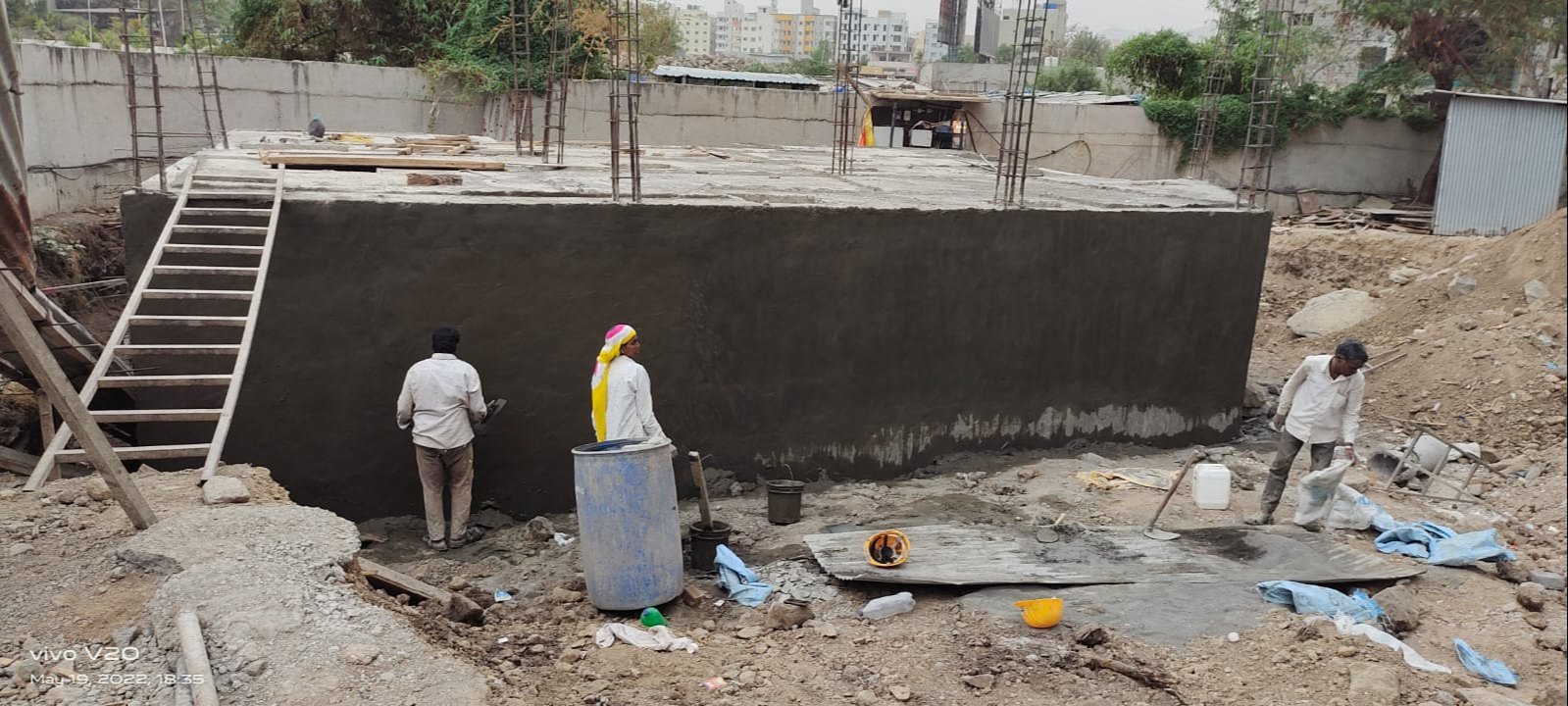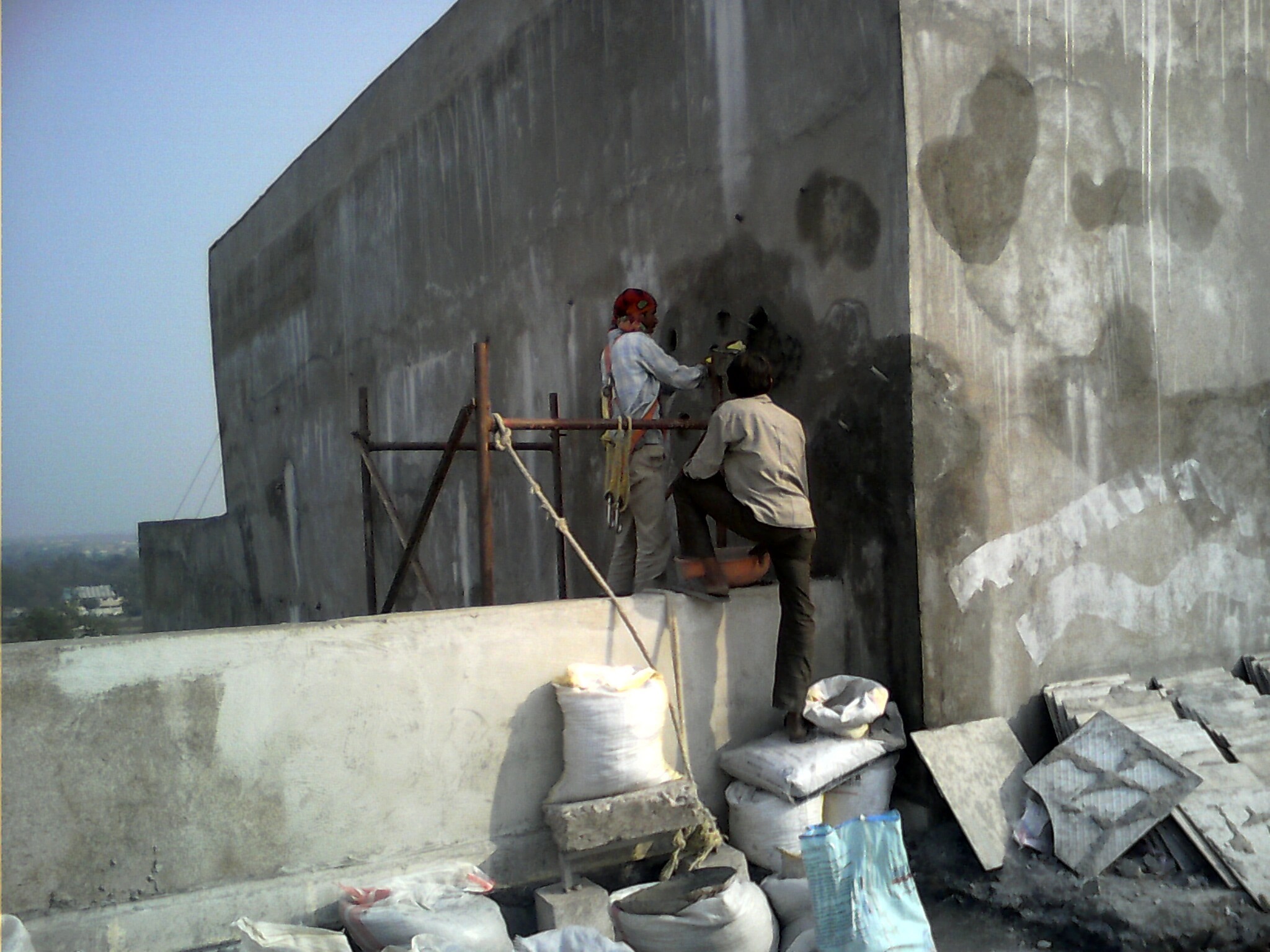Over the head water tank Waterproofing
Over the head water tank Waterproofing an overhead water tank is crucial to prevent water leakage and ensure the integrity of the tank. Here are the reasons why waterproofing is important for an overhead water tank:
1. Prevents water leakage: The primary reason for waterproofing is to prevent water leakage from the tank. Over time, cracks and gaps can develop in the tank structure, allowing water to seep through. Waterproofing the tank ensures that it remains watertight, preventing any water leakage.
2. Protects the tank structure: Water leakage can cause damage to the tank structure. It can lead to corrosion of metal tanks or deterioration of concrete tanks. Waterproofing helps protect the tank from such damage, ensuring its longevity and functionality.
3. Maintains water quality: Water leakage from the tank can introduce contaminants, such as bacteria or impurities, into the water supply. This can affect the quality and safety of the water. Waterproofing the tank helps maintain the water quality by preventing any external substances from entering the tank.
4. Prevents water seepage: Water seepage from the tank can cause moisture-related problems in the surrounding area. It can lead to damage to walls, ceilings, or foundations. Waterproofing prevents water seepage, protecting the structural integrity of the building and surrounding areas.
5. Reduces maintenance and repair costs: Waterproofing the overhead water tank reduces the need for frequent repairs and maintenance. It helps avoid costly repairs caused by water leakage or seepage, saving both time and money in the long run.
6. Ensures water availability: A waterproofed tank ensures that water is available when needed. Without waterproofing, water leakage can result in a decrease in water storage capacity, leading to water shortages or disruptions in the water supply.
Overall, waterproofing an overhead water tank is essential to prevent water leakage, protect the tank structure, maintain water quality, prevent water seepage, and reduce maintenance costs. It ensures the availability of clean and safe water and prolongs the lifespan of the tank.






